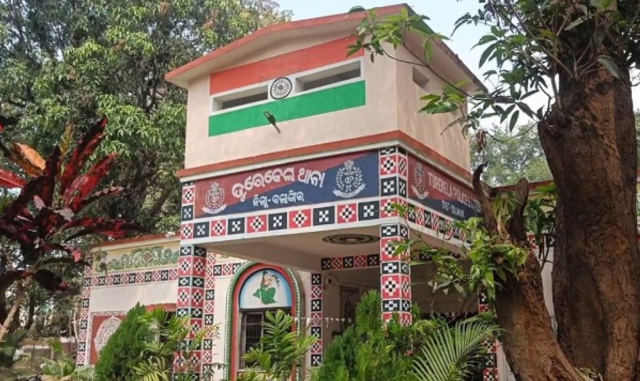In a landmark development that resonates with ecological pride and historical fulfilment, Similipal has officially been declared a National Park, bringing to life a vision first articulated in 1980.
The process gained momentum under the guidance of the Minister of Forest, Environment & Climate Change, Ganesh Ram Singh Khuntia. The approval was made today by Chief Minister Mohan Charan Majhi.
With this declaration, Similipal becomes India’s 107th National Park, Odisha’s second National Park, after Bhitarkanika and the largest National Park in the state, covering 845.70 sq km.
This long-awaited recognition brings national attention to Similipal’s unparalleled biodiversity, rich tribal legacy, and ecological value, making it a proud symbol of Odisha’s green soul.
First proposed in 1980, the intention to declare Similipal as a National Park remained pending for over four decades. Today, that aspiration has finally been fulfilled — not just as an administrative decision, but as a tribute to generations of forest-dwelling communities, conservationists, and citizens who have cherished this living landscape.
The final notification acknowledges Similipal’s multi-layered significance — as a Wildlife Sanctuary, Project Tiger, UNESCO Biosphere Reserve, and Elephant Reserve — now united under the highest national ecological recognition.
Similipal is one of India’s most unique ecological landscapes. It is home to 40 wild tigers, including the world’s only home to wild melanistic tigers, shelter to 25% of Odisha’s elephant population, host to 104 orchid species, many endemic to the region, a haven for over 360 species of birds, and diverse mammals like leopards, sambar, and mugger crocodiles etc and a lifeline forming key river catchments in northern Odisha. Its forests are a mix of sal, moist deciduous, and semi-evergreen types, creating a complex and thriving habitat for flora, fauna, and forest-dependent communities.
To secure the newly designated National Park and its surrounding ecological corridors, the Forest Department is implementing the Greater Similipal Landscape Programme, which includes AI-powered camera towers and trail guard camera systems, V-SAT communication networks for surveillance in remote zones and a dedicated security force including one company of trained police personnel and ex-servicemen.
In a significant step toward tiger population recovery, two female tigers from Tadoba Andheri Tiger Reserve (Maharashtra) have already been introduced. Their successful acclimatisation has set the stage for Similipal’s population to reach 100 tigers by 2036, reinforcing its role in India’s conservation roadmap.
Recognising that conservation succeeds only with community involvement, the Government of Odisha has launched the Ama Similipal Yojana — an integrated programme for Livelihood enhancement and skill training for local communities, Promotion of eco-tourism and cultural tourism and Infrastructure upgrades in health, education, and resource access.
Similipal is not only a forest — it is a homeland. It shelters indigenous communities like the Birhor, Hill Khadia, Ujya, Ho, Santhal, Mankidia, and Kharia, who possess centuries of ecological wisdom and cultural heritage. Declaring Similipal as a National Park not only protects biodiversity but also uplifts the identity and pride of its people, while honouring their enduring guardianship of nature.
The formal recognition of Similipal as a National Park is a visionary act — a milestone in the journey of Viksit Odisha, Viksit Bharat. It strengthens India’s protected area network, reinforces Odisha’s leadership in environmental stewardship, and reflects a deep commitment to ecological balance, inclusive growth, and intergenerational responsibility. This declaration is not just a conservation achievement; it is a celebration of coexistence, sustainability, and forward-looking governance.
This is more than a title. It is Similipal’s rightful place in the ecological and cultural map of India — and a proud moment for every citizen of Odisha.






























